
Cover Image|Visual China
In “The Samsung Empire,” it is described that the opportunity for Lee Byung-chul to invest in the electronics industry was the oil crisis of the 1970s. Due to the huge oil gap caused by the Middle East war, Lee Byung-chul realized that in resource-scarce Korea, the electronics industry, which has lower resource dependence and higher added value, might be Samsung’s future.
Compared to Korea, Israel’s situation is even more dire, not only lacking oil and minerals but also facing water resource issues, while contending with Arab nations eyeing it from three different directions.
From a certain perspective, Israel’s development path is quite similar to that of Korea, and in some respects, it far exceeds that of the Koreans. As stated in the preface of “The Startup Nation”:
The only capital we can freely dispose of is people. But this barren land will not be subdued by financial development; it will only be subdued by those who demand little and are willing to explore.
This tiny land, with a population of less than ten million, has produced one of the world’s top ten foundries, Tower Semiconductor, as well as the autonomous driving chip company Mobileye, ranking third in the world in terms of the number of companies listed on NASDAQ.
In June this year, Israel announced its largest foreign investment in history: Intel will invest $25 billion to build a foundry in Israel, a figure close to half of the total amount promised to all semiconductor companies in the U.S. CHIPS Act.
Not long ago, NVIDIA also announced that it is building the most powerful AI supercomputer in Israel and is already collaborating with 800 Israeli startups and tens of thousands of software engineers.
Why has a place ravaged by war and hatred become a battleground for semiconductor companies?
Entrepreneurs Who Have Been on the Frontlines
On the morning of June 5, 1967, the soldiers at the Egyptian air force base near the Suez Canal were still conducting their early shift handover when Israeli fighter jets quietly appeared over the base, firing at the airport runway and Egyptian fighter jets.
Immediately afterward, Israeli ground forces dispatched tanks and armored vehicles to launch an attack on the Egyptian Sinai Peninsula, close to the Israeli border.
Meanwhile, in a hub area called Glilot in Tel Aviv, the intelligence unit 8200 was also operating in the rear. On that day, they successfully intercepted a secure telephone line between Egyptian President Nasser and Jordanian King Hussein, gaining insight into the next steps of the Arab coalition’s plans.
Ultimately, this war lasted only six days, ending with the overwhelming victory of the Israeli army and the retreat of the Arab coalition, hence it is also known as the “Six-Day War.” The 8200 unit, which achieved great merits on the first day of the war, could only use military equipment discarded by the U.S. However, after the war, the status of 8200 rapidly improved and began to develop quickly.
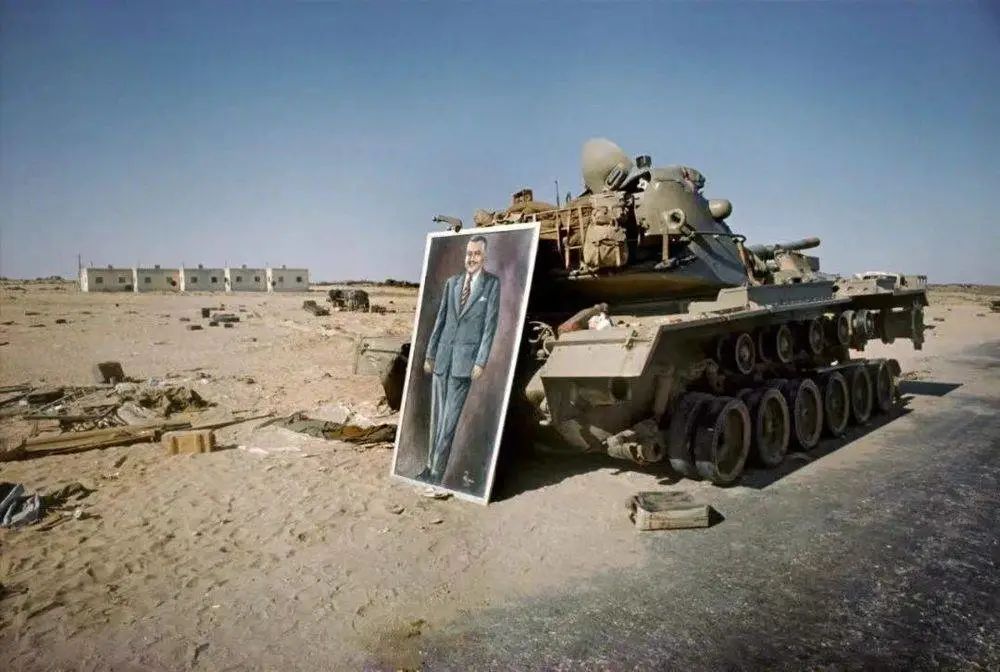
During the Six-Day War, a portrait of Egyptian President Nasser leaned against a destroyed Egyptian tank.
Surrounded by Arab nations, Israel is one of the few countries in the world with universal conscription, and women are also required to serve. 8200 selects about 100 technical talents from each year’s recruits for intensive training in computer coding and hacking skills, undertaking intelligence collection and decryption tasks.
After five Middle Eastern wars, large-scale military conflicts ceased, but technological progress never stopped.
8200 also serves as the engine of Israel’s high-tech industry, with most elite officers from 8200 choosing to transition to the private sector after their service. Forbes has reported that over 1,000 high-tech companies originated from the 8200 unit. “The Startup Nation” describes it this way:
In Israel, to some extent, a person’s academic experience is less important than their military experience. During job interviews, a common question is: Which unit did you serve in the military?
After the Yom Kippur War in 1973, two professors from Hebrew University proposed a new plan to the Israeli military: Israel must master absolute technological superiority to compensate for its small population.
The surprise attack by Egypt during the Yom Kippur War caught Israel off guard, resulting in 2,800 casualties and the loss of the Sinai Peninsula, which had been seized from Egypt. Although a ceasefire was brokered by the U.S., the war severely undermined Israel’s confidence since the Six-Day War, which is the backdrop for the birth of the Talpiot program.
Similar to 8200, Talpiot selects the top 2% of high school students each year, eliminating 90% through a series of tests. Those who remain will enter the military, dedicated to research in fundamental sciences such as mathematics and physics.
If they graduate successfully from the military, they become true Talpions—a term derived from the Bible, referring to the towers of castles, symbolizing supreme achievement.
To date, this program has only trained 650 Talpions, but almost all have become top academic experts in Israel or founders of high-tech companies.
This military investment, which does not spare any costs, has allowed Israel to produce a large number of high-tech talents. In 1974, a year after the Yom Kippur War, Israel welcomed perhaps the most important investor in its high-tech industry history: Intel.
Raised by Intel
In 1974, Intel established its first chip R&D center outside the U.S. in Haifa, a port city in northern Israel. The head of the R&D center was an Israeli named Dov Frohman.
Frohman was born on the eve of World War II in Amsterdam; his parents were killed in the Nazi genocide against the Jews, and he was hidden by a Belgian farmer until after the war when he was discovered by a distant relative in Israel.
After serving in the military, Frohman entered the Israeli Institute of Technology, known as the “MIT of the Middle East,” then went to the U.S. for his master’s degree, and later joined the renowned Fairchild Semiconductor.
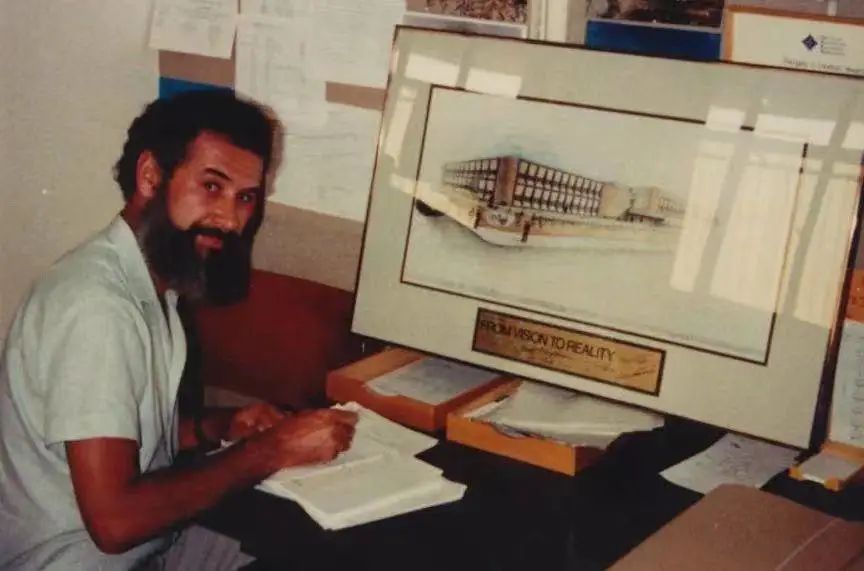
1976’s Dov Frohman
In 1969, Frohman received his doctorate and joined Intel, founded a year earlier by the three giants Gordon Moore, Robert Noyce, and Andrew Grove. During his over 30 years at Intel, Frohman’s greatest contribution was the invention of EPROM.
In the early days of Intel, the ROM (Read-Only Memory) on the market was not programmable, meaning the stored data could not be modified or customized.
In 1971, Frohman invented the first EPROM (Erasable Programmable Read-Only Memory) for Intel, which could erase data using ultraviolet light, allowing the chip to be reprogrammed.
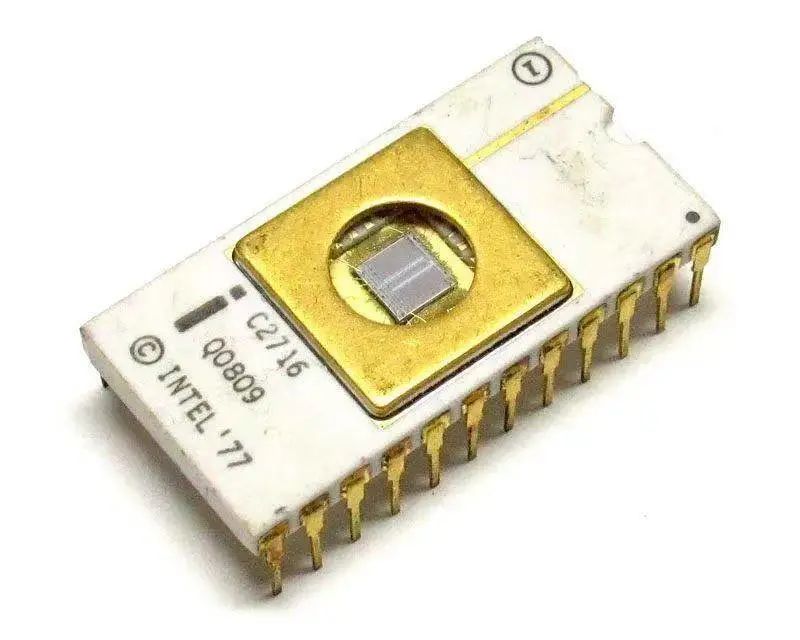
Early EPROM chips
In Gordon Moore’s eyes, the importance of EPROM is on par with that of the CPU. The flash memory technology that later emerged was also developed based on this. As the inventor, Frohman’s status is self-evident. In 1974, having achieved success, Frohman decided to return home to build his hometown and persuaded Intel to open a company in Israel.
At that time, Intel’s storage business was struggling due to competition from Japan and was forced to shift to microprocessor development. The Haifa R&D team led by Frohman lived up to expectations, designing one of Intel’s milestone products in 1980: the 8088 chip.
Due to its small size, the 8088 was the first CPU aimed at the PC market in a true sense. In 1981, IBM launched the IBM PC equipped with Microsoft’s MS-DOS and the 8088 chip, achieving tremendous success.
The Israelis take pride in this; local entrepreneur Jon Medved once joked that Intel should change its slogan from “Intel Inside” to “Israel Inside.”
Subsequently, Intel capitalized on this momentum and built its first foundry outside the U.S. in Jerusalem, responsible for the production of the successor to the 8088 chip, the 386 chip. During the Gulf War, when Scud missiles could fall on Haifa and Jerusalem at any moment, the Israeli factory, as the main supplier of the 386 chip, delivered all orders on time.
With this close relationship, Israel gradually became Intel’s most important R&D center outside the U.S., and Intel’s investments and acquisitions in Israel became more frequent, such as the autonomous driving chip company Mobileye and the chip manufacturing company Tower Semiconductor.
Over the years, Intel has invested in more than 30 companies in Israel, with a total amount reaching hundreds of billions of dollars.
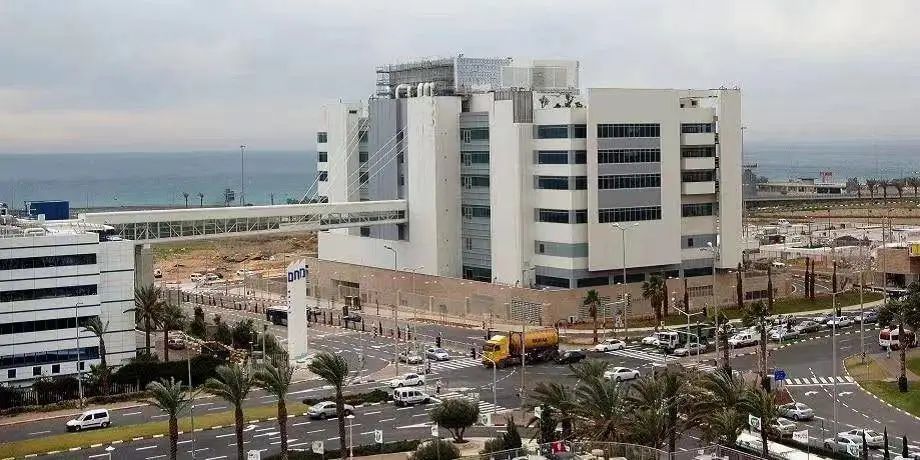
One of Intel’s R&D centers in Israel
For a long time, Israel has had about 8% of the world’s chip design talent and design companies. In the chip industry, a chip design company is likely to be acquired by a big company for defensive or technological reserve purposes before any actual product is developed.
For large companies, it is often more cost-effective to acquire a well-formed startup than to develop internally from scratch.
This is also why, after Intel, large tech companies like Microsoft, Samsung, and Apple have established R&D centers in Israel.
For these companies, talent is far more important than cash; besides Silicon Valley, Israel is likely the only place that can meet their needs.
Where There Are Geniuses, There Is Capitalism
When Apple was designing its first mobile processor, the A4, it recruited Johny Srouji, an Israeli who had worked at Intel for over a decade. Like Frohman, Johny Srouji graduated from the Israeli Institute of Technology and quickly became the top figure in Apple’s chip department after joining, leading the chip R&D center in Tel Aviv, and was referred to by Bloomberg as “that important Apple executive you’ve never heard of.”
Johny Srouji is indeed rarely seen; his last public appearance was at WWDC 2020, where he announced in a video that the Mac product line would completely eliminate Intel’s processors, which was quite insulting.
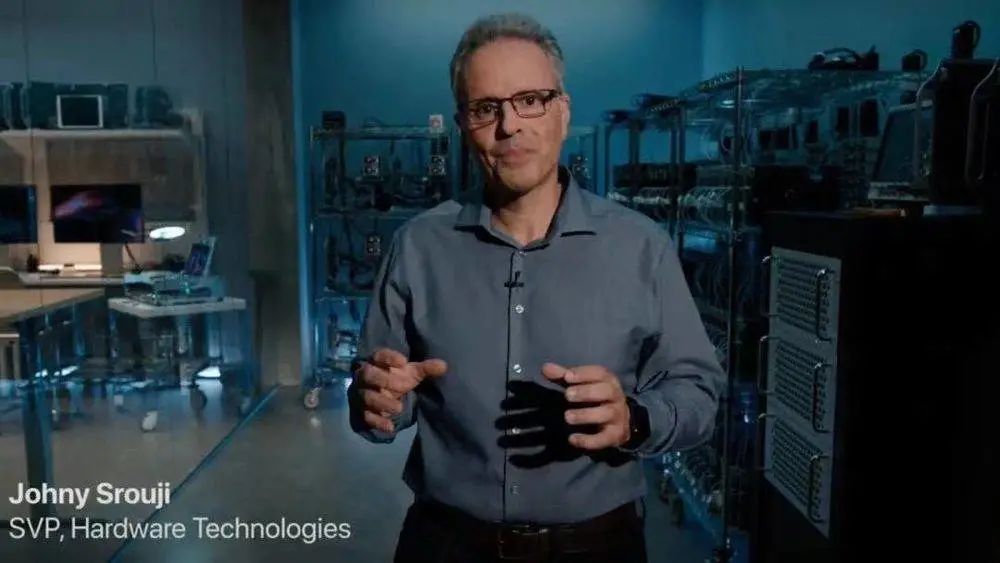
Johny Srouji at WWDC 2020
Most active chip engineers in Israel have worked at Intel, then left to start their own companies, which are often acquired by Intel or other tech companies. A typical example is Mellanox, which NVIDIA acquired for $6.9 billion.
Many others leave after a few years to start their own companies, becoming the new generation of innovative forces in Israel.
Among them is a chip designer named Eyal Waldman, who founded a far-reaching chip company, Mellanox, in 1999, which is somewhat fundamental to the outbreak of large language models.
The founder of Mellanox, Eyal Waldman, fought in the Lebanese War at the age of 22, then pursued further studies at the Israeli Institute of Technology before working at Intel for five years.
In 1999, Eyal Waldman founded Mellanox, whose flagship product is a wireless bandwidth technology called infiniband, which, due to its extremely high data throughput and low latency, is very suitable for data centers aimed at AI training.
In 2020, Intel, Microsoft, and Xilinx all extended olive branches to Mellanox, but it was ultimately acquired by NVIDIA. The famous DPU (Data Processing Unit) launched by NVIDIA was incubated from Mellanox. The DPU is embedded in AI data centers to improve network performance, working with high-performance GPUs to support larger-scale training of large language models, thereby shortening training time.
After acquiring Mellanox, NVIDIA immediately integrated its more than 1,000 engineers into its operations. Currently, NVIDIA has opened seven R&D centers in Jerusalem, Tel Aviv, Beersheba, employing nearly 3,000 people. Eyal Waldman, who sold his company, chose to take the money and become an angel investor.
This is the development path of most Israeli tech companies: resign from large companies to become bosses—focus on a cutting-edge technology field—sell the company to a large corporation.
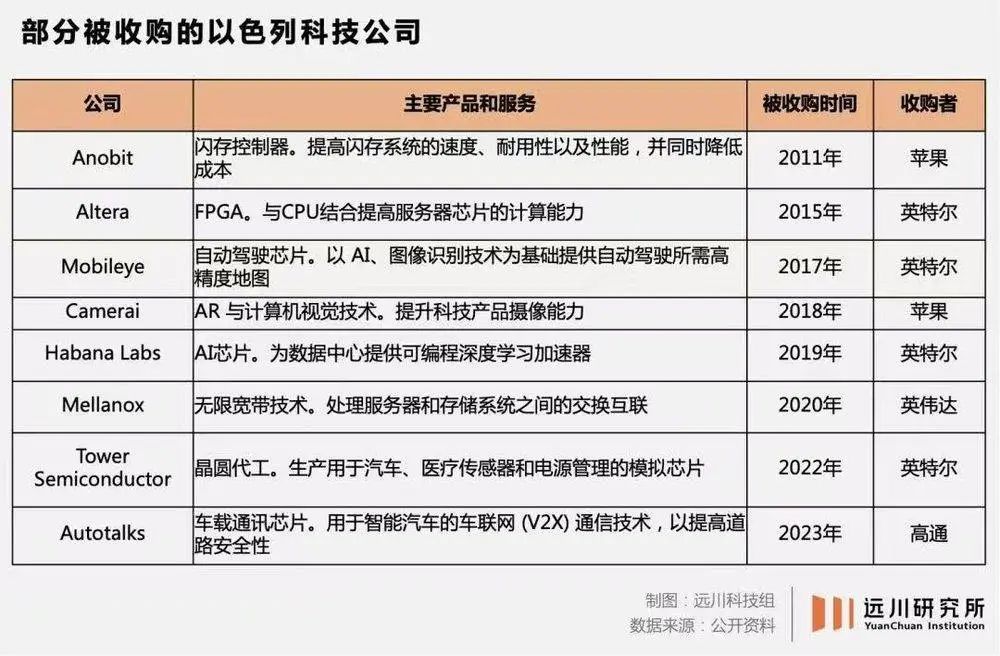
Most acquired companies share similar characteristics: strong technical capabilities but almost no sales or operational capabilities, and often lack a developed product. Anobit, acquired by Apple in 2011, is a typical example.
Anobit’s core technology is a flash memory controller, marketed for its low power consumption and compatibility with particles below 20nm, perfectly meeting the needs of mobile devices.
At that time, Apple had just released its iPad product line and was planning to replace all storage devices in the Mac product line with flash memory chips. It is hard not to suspect that Anobit was established specifically to be sold to Apple.
Similar stories abound; Israeli companies often gamble on cutting-edge technology fields such as AI and autonomous driving, then seek a safe exit once the technology matures, making Israel a haven for venture capital.
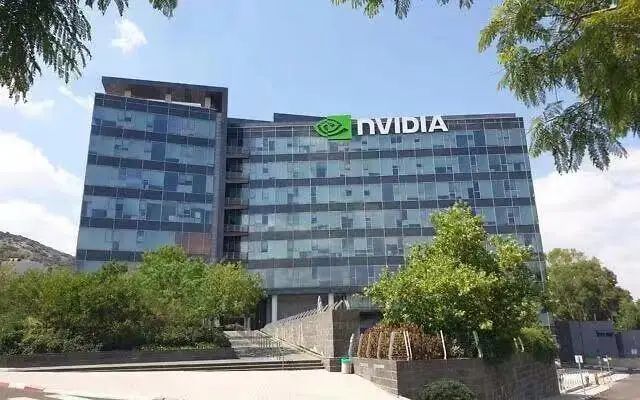
NVIDIA’s R&D center in Israel
Statistics show that one-third of Israeli companies exit through IPOs, while two-thirds exit through acquisitions, most of which are acquired by American companies. The moment Israeli tech talent leaves the military and university, wealthy American companies are already drafting acquisition terms.
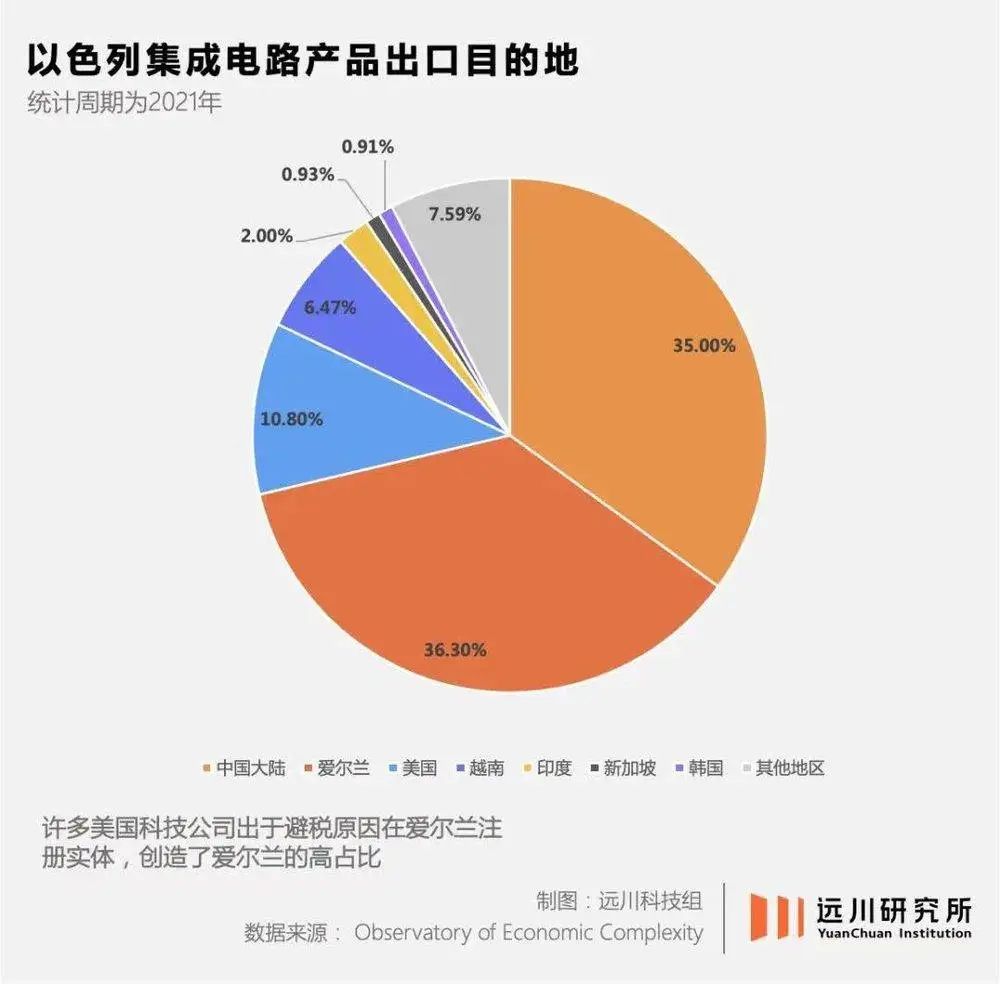
Thus, the progress of the high-tech industry represented by chips in Israel is fundamentally a talent delivery system composed of the education system and technological industrialization, striving to extract every individual’s value as much as possible.
Of course, the method is not to make mortgaged tech workers work 80 hours a week, but to enhance their creativity limits and then sell for a good price.
Japan and Korea During the Same Period
The 1970s, when Israel’s chip industry started, was also the era of the East Asian electronics industry’s rise.
With the Ministry of International Trade and Industry leading concentrated efforts in industry, academia, and research, Japan’s storage chips surpassed those of the U.S. at the same time and reached their peak globally in the 1980s. However, in the 1990s, during the recession, these advantageous projects in storage, panels, and chip manufacturing were successively defeated by the Koreans, maintaining an astonishing advantage until today.
The rise of the East Asian electronics industry largely relied on industry policy-led industry upgrades driven by export trade, known as the East Asian model. Universities across the country produced a steady stream of engineering and science talents, continuously supplying them to the industrial sector.
The advantageous industries of East Asian economies often share a characteristic—their technological progress is often concentrated in the manufacturing process to serve large-scale standardized production.
Whether in panels or storage chips, due to the high standardization of the products, their core competitiveness lies in the reduction of production costs achieved through scale rather than purely technological progress.
In this context, East Asian economies, with strong central governments, high savings rates, and abundant cheap labor, became the main battlefield of Moore’s Law, with generations of young people trained through standardized education supporting the blueprint of industrial development. However, Israel lacks these characteristics.
Therefore, during the golden age of integrated circuits, Israelis chose a different path.
The more cutting-edge the technology, the more important and valuable an individual becomes—such as Jim Kaller, another unsung hero behind Apple’s chip development, who has worked at Apple, AMD, Intel, and Tesla, leaving legendary works at each company.
Similarly, if Geoffrey Hinton had chosen Microsoft or Baidu in 2013 instead of Google, the history of deep learning might have been rewritten.
At least for Apple, which was tackling self-developed chips in 2009, recruiting Johny Srouji might have been more valuable than hiring 10,000 graduates in integrated circuits.
This is also Israel’s approach—rather than training 10,000 graduates to become qualified industrial workers, they would rather let 9,999 people be mediocre and bet that the remaining one is Johny Srouji.
Thank You, Charles de Gaulle
During the Six-Day War in 1967, former French President Charles de Gaulle suddenly announced a halt to arms supplies to Israel, which Israelis regarded as their Sputnik moment.
The background of this event is that in 1960, France promised to provide Israel with 200 AMX 13 tanks and 72 Mirage fighter jets over ten years. At that time, France was Israel’s most important arms supplier.
However, in 1967, France’s diplomatic direction shifted to maintain stable relations with the Arab world. Subsequently, de Gaulle’s successor Georges Pompidou handed over the 200 AMX tanks to Libya and transferred the 50 Mirage fighter jets that Israel had already paid for to Syria, Israel’s enemy.
As described in “The Startup Nation”: France’s betrayal made Israelis wary; they unanimously believed they could no longer rely on foreign arms supplies. This ultimately led to the birth of the Lavi fighter jet and the Merkava tank.
Although the Lavi fighter project was later canceled, the unemployed engineers flowed into tech companies in batches, releasing a large number of talents into the market environment, and the extensive independent military R&D work indirectly propelled Israel to quickly catch up with the integrated circuit technology wave after the 1970s.
There are many paths to breakthroughs in high technology, but in Israel, it is the shadow of war, barren land, Hamas rockets flying over Jerusalem, and an almost pathological production and absorption of technical talents. As Yossi Vardi, who invested in the instant messaging software pioneer ICQ, said:
The true creators of Israel’s high-tech industry are the Arab world and Charles de Gaulle; they forced us to develop our own industry.
References
[1] Intel to invest $25 billion in Israel factory in record deal, Netanyahu says, Reuters
[2] Nvidia to build Israeli supercomputer as AI demand soars, Reuters
[3] Unit 8200: In the Beginning, Amir Kidon
[4] Was the 1967 War an Adventure for Israel to Save Its Economy? ALJAZEERA
[5] Cyber Warfare: Mechanisms and Planning, Ao Zhigang
[6] How a Secret Cyberwar Program Worked, The New York Times
[7] The Code of Israel’s Military Power, Yacov Katz, Amir Bohbot
[8] From Startup Nation to Tech Nation in the Middle East, The Times of Israel
[9] A Brief History of Chips, Wang Bo
[10] The Startup Nation: The Story of Israel’s Economic Miracle, Dan Senor, Saul Singer
[11] Inspiring Innovation: Israel’s Success Story, Matan Vilenne
[12] What Makes Mellanox a Hot Commodity in the Market, Semiconductor Industry Observation
[13] Your GPT May Only Be a DPU Away from ChatGPT, Interface News
[14] Eyal Waldman Investor Profile: Portfolio & Exits, PitchBook
[15] Your Agent Network Hacked the President’s Emails, Beijing Evening News
This article is from WeChat public account:Yuan Chuan Research Institute (ID: caijingyanjiu), Author: Ye Ziling
This content reflects the author’s independent views and does not represent the position of Huxiu. Unauthorized reproduction is prohibited; for authorization matters, please contact [email protected]. If you have any objections or complaints regarding this article, please contact [email protected]
End
Want to gain knowledge? Follow Huxiu Video Account!